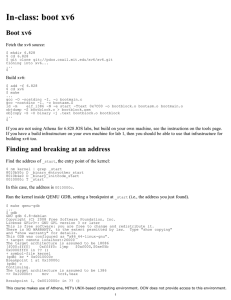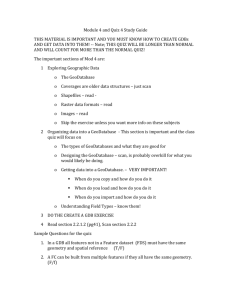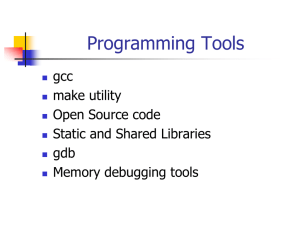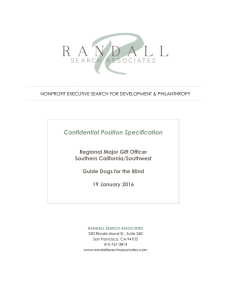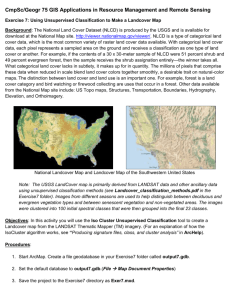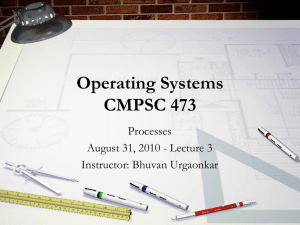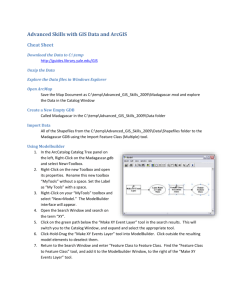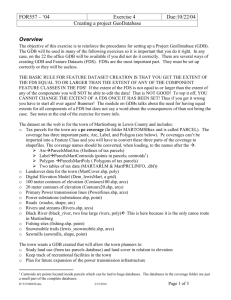CS110: Programming and Problem Solving
advertisement
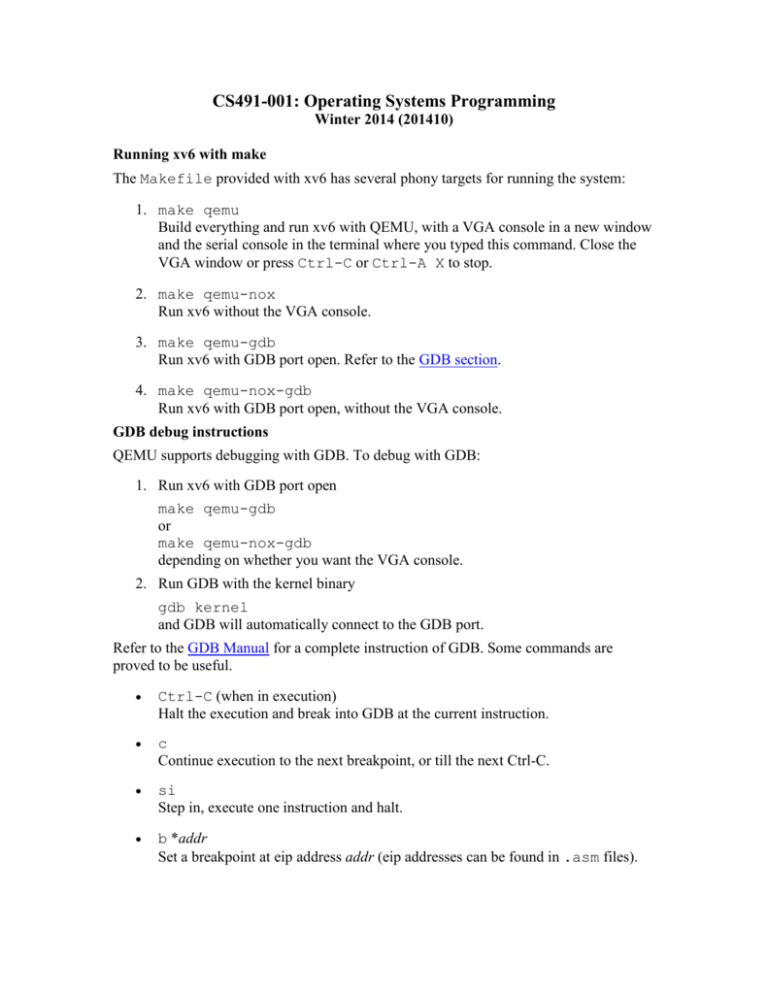
CS491-001: Operating Systems Programming Winter 2014 (201410) Running xv6 with make The Makefile provided with xv6 has several phony targets for running the system: 1. make qemu Build everything and run xv6 with QEMU, with a VGA console in a new window and the serial console in the terminal where you typed this command. Close the VGA window or press Ctrl-C or Ctrl-A X to stop. 2. make qemu-nox Run xv6 without the VGA console. 3. make qemu-gdb Run xv6 with GDB port open. Refer to the GDB section. 4. make qemu-nox-gdb Run xv6 with GDB port open, without the VGA console. GDB debug instructions QEMU supports debugging with GDB. To debug with GDB: 1. Run xv6 with GDB port open make qemu-gdb or make qemu-nox-gdb depending on whether you want the VGA console. 2. Run GDB with the kernel binary gdb kernel and GDB will automatically connect to the GDB port. Refer to the GDB Manual for a complete instruction of GDB. Some commands are proved to be useful. Ctrl-C (when in execution) Halt the execution and break into GDB at the current instruction. c Continue execution to the next breakpoint, or till the next Ctrl-C. si Step in, execute one instruction and halt. b *addr Set a breakpoint at eip address addr (eip addresses can be found in .asm files). b func Set a breakpoint at function of name func. b file:N Set a breakpoint at line N of source code file. info registers Print the general purpose registers, eip, eflags, and the segment selectors. For more detailed result, use info registers in the QEMU monitor. x/Nx addr Dump in hex N words starting at virtual address addr. x/Ni addr Display N assembly instructions starting at virtual address addr. symbol-file file Switch to symbol file file. set print pretty Print arrays and structs in a pretty easy-to-read format. QEMU monitor QEMU itself has a built-in monitor available to inspect and modify the machine state. Press Ctrl-A C in the terminal running QEMU to get into the monitor. Refer to the QEMU Manual for a complete instruction of QEMU monitor. Some commands are particularly useful: xp/Nx paddr Dump in hex N words starting at physical address paddr. info registers Display a full detailed dump of registers. info mem Display the page table in a compact form. info pg (This is an MIT extension to QEMU) Display the current page table structure. Different from info mem, this command distinguishes between PDE and PTE. Unbroken sequences of PDE's or PTE's with identical permissions are compressed into a single line.
